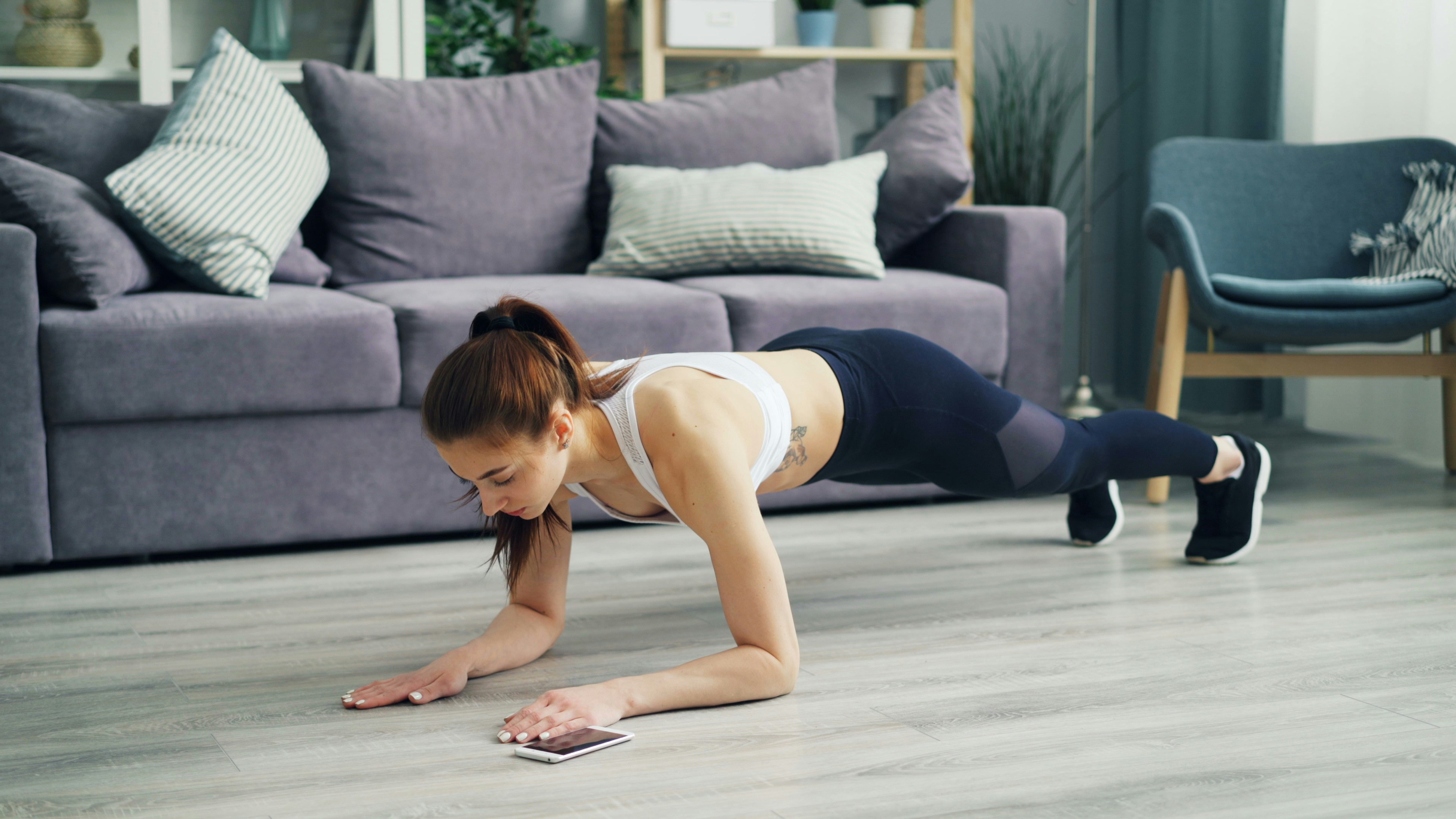
Achieve Core Stability With Simple Pilates Moves At Home
Core strength forms the foundation of solid posture and stability. You can build a resilient midsection right at home, no special gear or expensive memberships required. Simple Pilates exercises help you boost balance, reduce discomfort in your back, and move through your day with greater ease. This guide offers easy-to-follow instructions and useful pointers to help you get started with confidence and see progress from your very first session.
Advertisement
What Is Core Stability and Why It Matters
Your core includes more than just the abs. It extends from your ribs to your pelvis, involving muscles in your back, hips, and shoulders. These muscle groups create a solid base that supports every movement—walking, lifting groceries, even sitting at your desk.
When your core muscles work together, they improve your balance and lessen strain on your joints. A 2022 study from the *American Council on Exercise* shows that people who do regular Pilates report a 30% decrease in lower-back discomfort over eight weeks. That kind of relief helps you handle work, family, and personal goals more easily.
Key Pilates Exercises to Strengthen Your Core
Below are four Pilates exercises that target deep-stabilizing muscles. Each move emphasizes alignment and control instead of speed or repetitions. Begin slowly and focus on your form.
Roll-Up: Lie on your back with legs extended and arms reaching overhead. Exhale as you articulate your spine up, reaching toward your toes. Inhale as you lower down, segment by segment. Feel each vertebrae moving.
The Hundred: Lie in tabletop position, lift your head and shoulders off the mat, and pump your arms up and down in small circles. Keep your ribs closed and your belly pulled in. Count to 100 as a classic endurance challenge.
Single-Leg Stretch: Lie on your back again, draw one knee into your chest, and extend the other leg at a 45-degree angle. Switch legs in a controlled rhythm, pulling your navel toward your spine each time. This move strengthens your core stabilizers and hip flexors at once.
Swan Prep: Lie face down, hands under shoulders. Inhale as you lift your chest off the mat, keeping your pelvis grounded. Draw your shoulder blades down your back. Exhale as you lower. This move enhances spinal extension and counters hunching.
Sample Pilates Routine to Follow
- Warm-Up Roll-Down (5 reps): Stand tall, tuck your chin, and roll down through each vertebra. Rise back up with good posture.
- The Hundred (1 set of 100 pumps): Focus on controlled breathing—inhale for five counts, exhale for five.
- Single-Leg Stretch (10 reps each side): Keep your movements smooth and your abs engaged.
- Roll-Up (5 slow reps): Use a strap around your feet if you need help connecting with your spine.
- Swan Prep (8 reps): Lift only as high as comfortable, then lower gently.
- Pelvic Curl (10 reps): Lie on your back with knees bent. Lift your hips toward the ceiling, hold for two breaths, then lower. This move targets your glutes and hamstrings and complements the others.
- Cool-Down Stretch (2 minutes): Include child’s pose or gentle twists to release tension.
Safety Tips and Modifications for Your Pilates Practice
- Keep your neck neutral: Avoid straining your neck by slightly tucking your chin. Use a small towel under your head if needed.
- Work on a cushioned surface: Use a Pilates mat or thick yoga mat to prevent discomfort on your elbows and tailbone.
- Adjust the intensity: For exercises like the Hundred, bend your knees if your lower back arches too much.
- Check your knee alignment: During leg stretches, don’t force your legs too low; stop when you feel a comfortable stretch in your hamstrings.
- Pause and reset: If you feel sharp pain, stop the exercise and check your form. A gentle muscle burn is normal, but sharp pain isn’t.
Common Mistakes to Watch Out For
Moving too quickly through repetitions reduces your control. Pilates depends on precision, not volume. Slow down and concentrate on each phase of the movement. Use your breath to keep a steady rhythm.
Allowing your lower back to arch disconnects your deep stabilizers. Keep your ribs down and your tailbone slightly tucked. Maintain a small space between your lower back and the mat, avoiding a large gap.
Holding your breath causes unnecessary tension. Coordinate your movement with inhalation and exhalation. This breathing pattern helps oxygenate your muscles and prevents neck strain.
Skipping the transition between exercises can cause fatigue and lessen your results. Always take a brief moment to check your posture before moving to the next move. This pause improves your alignment and prepares you for the following exercise.
How to Keep Improving Your Core Strength
Sticking to your routine is more important than going all out. Aim for three sessions of 20 to 30 minutes each week. Keep a simple journal to record your reps, challenges, and progress.
Combine Pilates with other activities like walking or light resistance training. Doing a 15-minute plank challenge twice a week strengthens your shoulders and back, reinforcing your Pilates work. Celebrate milestones such as completing 100 smooth pumps without losing good form.
Rest days are essential. Overtraining can cause fatigue and frustration. Schedule one or two full recovery days each week, including gentle stretching or foam rolling to help your muscles recover.
Consistent practice of simple Pilates exercises strengthens your core, improving balance, posture, and confidence. Focus on your form and take small steps to see progress.
Advertisement